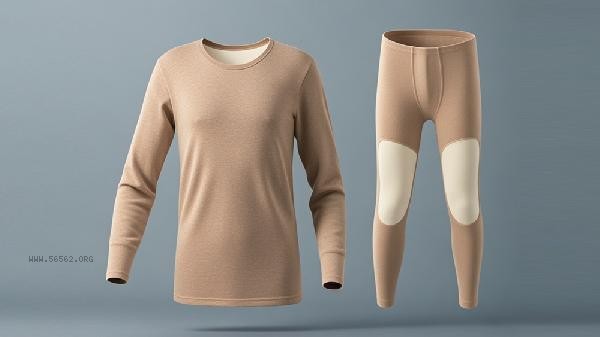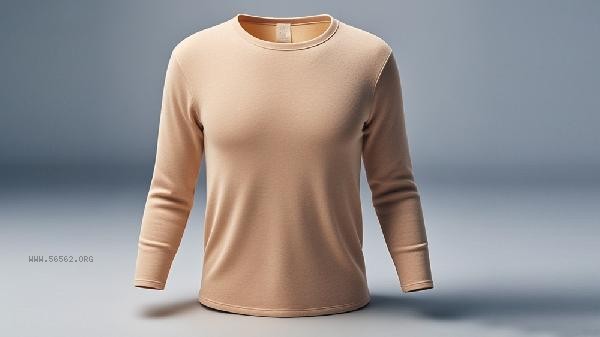The greater the penetration of thermal underwear, the more likely it is to be related to factors such as fabric elasticity fatigue, improper washing methods, poor wearing habits, material characteristics, and product design defects.

1. Fabric elasticity fatigue
Some thermal underwear is made of spandex or blended elastic fibers, and long-term stretching can cause the fiber structure to relax. When repeatedly worn, physical activity continuously exerts tension on the waist, abdomen, elbows, knees, and other areas, and the fiber rebound performance gradually decreases. Underwear worn frequently is more prone to irreversible deformation. It is recommended to avoid wearing the same underwear continuously for more than three days.
2. Improper washing method
High speed dehydration and drying programs during machine washing can accelerate fiber aging, and washing with hot water above 40 degrees may damage the elastic protein molecular chains. Washing products containing fabric softeners will form residual films on the fiber surface, reducing the stretchability of the fabric. Excessive twisting and twisting during hand washing can also cause local fiber breakage. It is recommended to gently wash with cold water and lay it flat to dry.
3. Poor wearing habits
Wearing thermal underwear while sleeping can cause additional friction and wear due to flipping movements. Choosing non sports specific products during exercise can result in the fabric being subjected to excessive stretching. Forcefully wearing a size that is too small can cause the fibers to remain in a state of extreme tension for a long time, accelerating the failure of elasticity. When purchasing, it is important to keep an appropriate amount of activity allowance and replace it with professional sports underwear during intense exercise.

4. Material Characteristics
Wool blended fabric will gradually become fluffy with wear due to its natural fiber properties, and the difference in shrinkage rate of modal fibers when exposed to water may lead to size changes after drying. Partially regenerated cellulose fibers may experience creep in humid and hot environments. Choosing a blend material containing 5% -8% spandex can better maintain shape stability, while bamboo fiber blend products have better size retention.
5. Product design defects
Failure to use the four needle six thread process at the seams can easily cause deformation in the stressed area, and the thin ribbed material at the bottom can lead to loose edges. Some cheap products use recycled polyester staple fibers, which have insufficient fiber strength and are prone to deformation. When purchasing, attention should be paid to the reinforcement treatment of key stress areas such as shoulder lines and side seams, and priority should be given to seamless craftsmanship styles that are integrally formed.

To extend the service life of thermal underwear, it is recommended to wear different underwear in rotation to avoid excessive use of individual items. When purchasing new underwear, soak it in cold water first to shape it. Fold instead of hanging during storage to prevent gravity stretching, and regularly check the elasticity of easily deformed areas such as armpits and waistbands. If there is obvious looseness, try low-temperature steam ironing to help the fibers retract. Underwear with severe deformation should be replaced in a timely manner to avoid affecting the insulation effect. Choosing high-quality products containing Lycra fiber and strictly following the washing label requirements for care can effectively reduce the occurrence of wear enlargement.








Comments (0)
Leave a Comment
No comments yet
Be the first to share your thoughts!